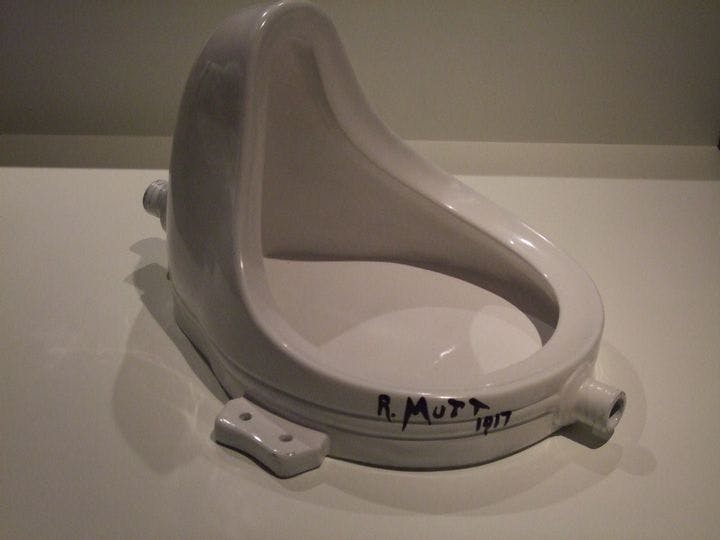Summer 2011
Beauty, the Ultimate Survivor
– The Wilson Quarterly
Artists have often found it useful to deny or to disguise their predilection for the beautiful.
Beauty has never had an easy time, whether under scrutiny from suspicious Puritans or picky Renaissance critics, but the attack on beauty over the last century by modernist artists is the “most serious and sustained,” writes Salmagundi founding editor Robert Boyers. They “have dismissed all things relaxing, easy to take in and enjoy, and therefore inimical to the spirit of an art intended to be rigorous, difficult, unpopular. To be impressed by what passed for beauty was felt by many modernist writers and artists to be philistine.”
In past generations, quarrels with beauty have mostly been concerned with what beauty was or how it ought to be valued, but the attack of modernists differs in kind, questioning whether beauty is anything more than a personal preference shaped by a particular cultural outlook at a particular moment in time.
Yet while there may be something to these arguments, beauty won’t go away. It crops up in the least likely places, the same pieces of art meant to repudiate the very notion. Marcel Duchamp’s 1917 urinal (which he titled Fountain), an early example in a long line of such modernist works, may even seem “beautiful by virtue of its form or the pristinity of its gleaming surface,” Boyers says. Duchamp “could not [have imagined] how inventive artists would be in clinging to improbable versions of the beautiful.”
Artists “have often found it useful to deny or to disguise their predilection for the beautiful.” Wassily Kandinsky, for example, said he sought to “apply the methods of music” and to capture “the spiritual” in his abstract canvases. What could that mean besides beauty? Such evasions are just descriptions of beauty in “more acceptably sophisticated terms.”
The attack on beauty has been of a piece with a larger cultural assault on anything elitist, Boyers observes. Beauty required discrimination. In its place, “interesting” came into vogue, a more inclusive standard. “The interesting seems to us more reliable if only because it entails a verdict that regards issues of value as naive or spurious,” Boyers remarks.
Such evasions point to a basic concern: our limited ability to pin down what we mean by beauty. To get at that question, Boyers suggests turning not to masterpieces but to a sort of beauty “more modest in scale and ambition”: the aphorism.
A beautiful aphorism is “its own reason for being”—it is eloquent, it exhibits what the critic Denis Donoghue calls “the dancing of speech,” it carries a thrill. (Boyers cites Austrian writer Karl Kraus’s “My language is the universal whore whom I have to make into a virgin” as an example.) “Interesting” works, such as Duchamp’s urinal, are “essentially polemical, persuasive. [They] have no reason for being other than the points they aim to make.” But a thing of beauty is “its own reason for being,” and thus “wants for nothing, and inspires in us nothing more than the desire for further instances of beauty, for the satisfaction we feel in the presence of objects or expressions that are completely themselves.”
THE SOURCE: “The Attack on Beauty” by Robert Boyers, in Salmagundi, Spring 2011.
Photo courtesy of Flickr/Jeroen Mirck
